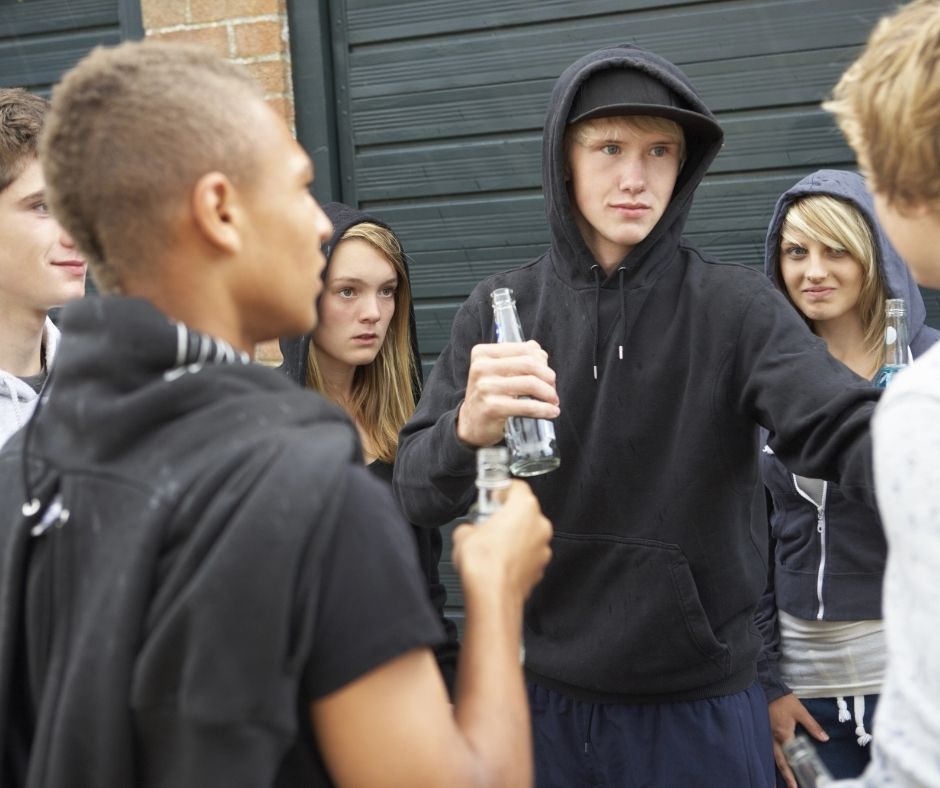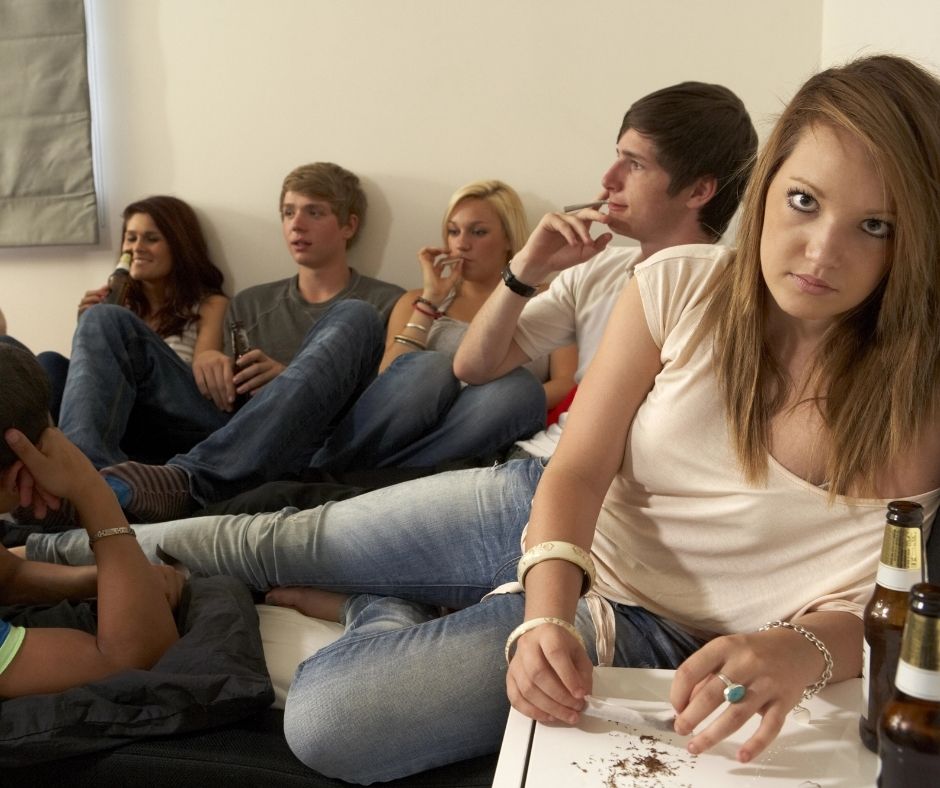Hungarian teenage girls really outdrink their European peers? – alarming new stats released

Hungarian teenage girls are among the heaviest drinkers in Europe, according to a recent article in The Times based on a new report from the Organisation for Economic Co-operation and Development (OECD). The study found that Hungarian girls aged 15 are more likely to get drunk frequently than their peers in almost all other European countries, with only Denmark and the UK showing similar trends.
This revelation places Hungary at the forefront of a concerning European trend where teenage girls are increasingly surpassing boys in alcohol consumption. Over a third of 15-year-old girls in Hungary reported being drunk at least twice, significantly higher than the European average of 23%.
Changing Hungarian drinking patterns
Historically, teenage boys were seen as more likely to drink heavily, but the OECD report highlights a reversal in this trend in 12 European countries, including Hungary. This pattern reflects broader European statistics, where the gap between male and female adolescent heavy drinking rates is narrowing. According to Euronews, heavy episodic drinking among Hungarian adolescents was 44% in boys and 39% in girls, indicating that gender differences in this age group are far less pronounced than among adults.
The findings align with the results of a Hungarian study published in Students in Danger: Binge Drinking Behaviour and Associated Factors in Hungary, which analysed binge drinking behaviours in 2,449 Hungarian students. This study found that 30.5% of Hungarian students were classified as binge drinkers, with notable gender dynamics: among secondary school students, male and female binge drinking rates were nearly identical, but among university students, males significantly outpaced females.
According to a 2019 survey, Hungarian teenagers consumed alcohol for the first time at an average age of 13 years, with girls starting somewhat later than boys, at 13.5 years old.
Moreover, heavy drinking rates among adolescents in Hungary remain alarmingly high. In 2019, the ratio of heavy drinkers among adolescents to adults was over three times higher in Hungary, consistent with findings in Slovakia, Bulgaria and Austria.

Parental influence and cultural norms
The OECD report underscores the role of parental behavior in shaping teenage drinking habits. This is corroborated by the Hungarian study, which highlighted that the family environment and socioeconomic factors strongly influence alcohol consumption patterns. Parental attitudes toward alcohol, early introduction to drinking, and the normalisation of drinking at family gatherings often lead to higher rates of early alcohol use.
The Hungarian study revealed that students with poorer school performance are significantly more likely to binge drink, a correlation especially strong among secondary school students. Additionally, smoking and drug use were found to be the strongest predictors of binge drinking, indicating a broader culture of risky behaviour among teenagers.
Health implications
The rise in alcohol consumption among Hungarian teenage girls raises significant health concerns. Liver disease and other alcohol-related conditions are becoming more prevalent among young women in Hungary, mirroring trends noted in other parts of Europe.
Binge drinking among teenagers and young adults often leads to more frequent consequences compared to adults, including notable health risks like hangovers characterised by headaches and nausea. It also heightens the likelihood of unplanned, unprotected sexual encounters, which may result in unintended pregnancies or sexually transmitted infections (STIs).
According to the study, excessive drinking in adolescence can lead to structural and functional changes in the brain as well, particularly in the hippocampus, which is vital for memory and learning. Binge drinkers among university students displayed memory deficits, which were even more pronounced among extreme binge drinkers.
Dr. Gabriella Horváth, a hepatologist in Budapest, stated:
“We are seeing an alarming increase in alcohol-related liver disease in women, some as young as their early twenties. This is a wake-up call for public health authorities.”

Calls for action
Health advocates are urging the Hungarian government to implement stricter regulations on alcohol advertising and promote awareness campaigns about the dangers of underage drinking.
As we reported earlier, the Hungarian government has recently enacted stricter regulations on alcohol advertising to curb underage drinking. The revised law bans alcohol advertisements in various contexts, including on the front cover of publications, the opening page of websites, in cinemas before 8 p.m., near schools or health facilities (within 200 metres), and on products designed for children. Additionally, advertising visible from public spaces, such as shop windows, is prohibited, though the definition of “visible from public spaces” remains open to interpretation.
As Hungary grapples with this concerning trend, tackling the cultural and societal factors driving teenage drinking will be key to reversing it. Without action, the country risks a generation facing long-term health and social consequences linked to alcohol abuse.
Read more: Hungary among the top 10 loneliest nations in Europe
Featured image: depositphotos.com






Hungarian “culture!” for you. Definitely room for improvement?